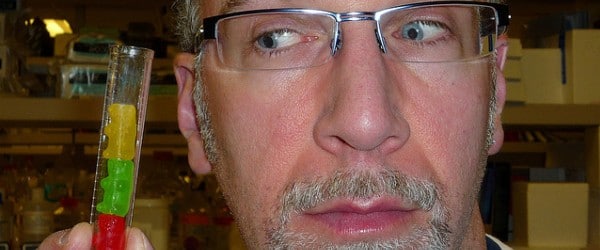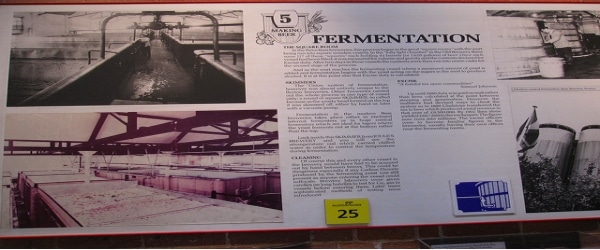Mycoplasmas are the most difficult-to-detect organisms in your eukaryotic cell culture. And they can be the most dangerous; they can disrupt cell growth and differentiation and even apoptotic patterns without you even knowing what’s going on until it’s too late. Traditional cell culture methods can take up to a month to yield results, which means your contamination is only getting worse as you wait. Since both the European Union and the US FDA require evidence of mycoplasma testing and de-contamination, accurate detection is a must for manufacturing, and even a necessary step for ensuring reliable bench research results.
What to do?
Fortunately, a new generation of mycoplasma detection kits has been entering the market. Most are based on nucleic acid detection and the polymerase chain reaction (PCR), but some other types of kits exist, too.
A research group at Amgen Inc. recently compared three rapid mycoplasma detection kits: the Applied Biosystems Mycoplasma real-time detection kit, the Ibis/Abbott Molecular T5000 biosensor system (since renamed the PLEX-ID), and a hybrid cell culture/qPCR assay. These were compared to a traditional 28-day culture method.
- The Applied Biosystems kit is based on SYBR green, a fluorescent dye whose signal gets stronger when it is intercalated with double-stranded DNA.
- The T5000 kit is based on PCR, which yields an amplicon that can be analyzed by mass spectrometry.
- The hybrid culture/qPCR assay requires 14 days of growth in a mycoplasma broth followed by a qPCR assay that targets the 16S rRNA gene.
The results: both nucleic acid-based platforms (Applied Biosystems and the Ibis/Abbott T5000) could detect mycoplasmas in nearly all sample cultures. However, neither the 28-day culture method nor the hybrid culture/PCR could detect mycoplasma.
In some cases, the nucleic acid-based detection kit was able to detect a mycoplasma species but did not correctly identify another bacteria species. However, despite mistaking two types of streptococci, it was still able to make the more important differentiation between a Streptococcus and a mycoplasma species.
Even more methods
While other techniques including Hoechst staining, ELISA, or determining host biomarkers can alert you to the presence of a mycoplasma infection, most current kits rely on PCR. For example:
- The LookOut® Mycoplasma detection kit by Sigma-Aldrich is based on PCR, and claims that it can detect two mycoplasma genomes in a single microliter of sample.
- The R&D Systems MycoProbe® Mycoplasma Detection Kits are based on microarray hybridization, and include a high-throughput screening assay that the company claims is as sensitive as PCR.
Having access to all of these kits leave you with a lot of options…but at least with sensitive methods, you won’t have to stew in the broth! If you have any questions, let us know in the comments section!
Sources:
Chung, T.S., et al. (2005). Detection of mycoplasma infection in cultured cells on the basis of molecular profiling of host responses. Genomics and Informatics, 3(3), 63-67.
Lawrence, B., Bashiri, H., and Dehghani, H. (2010). Cross comparison of rapid mycoplasma detection platforms. Biologicals, 38, 218-223.







